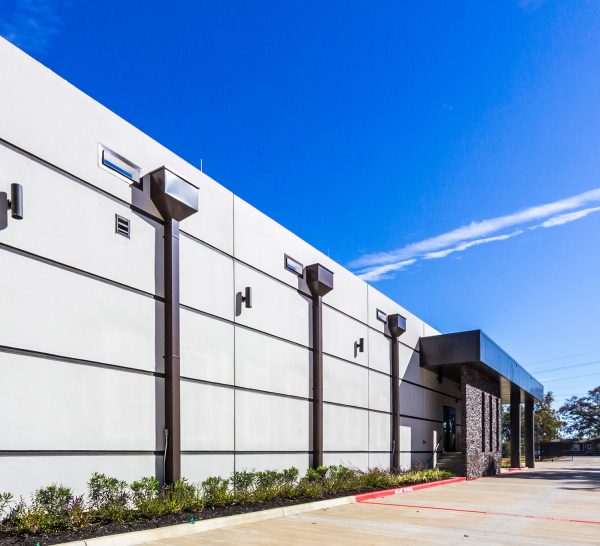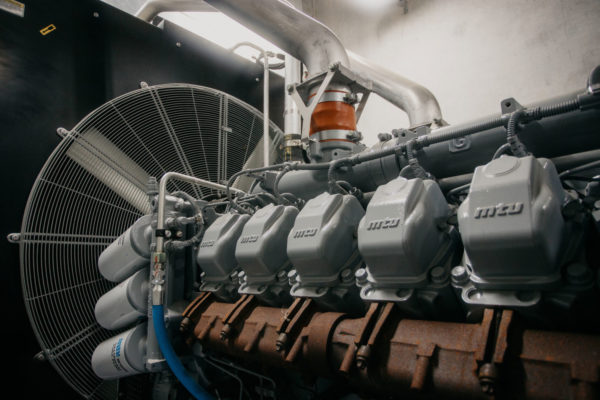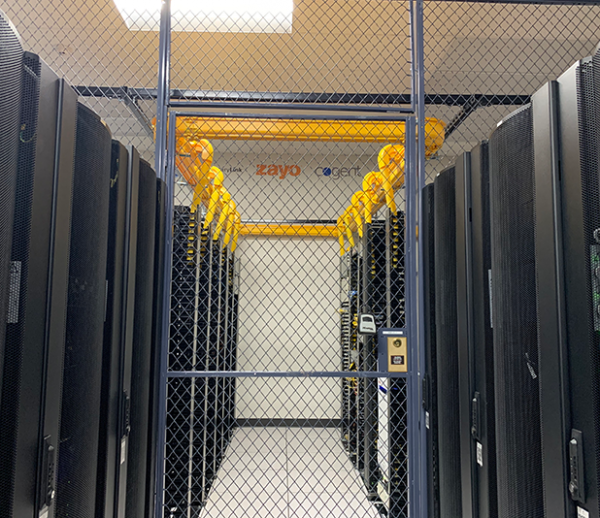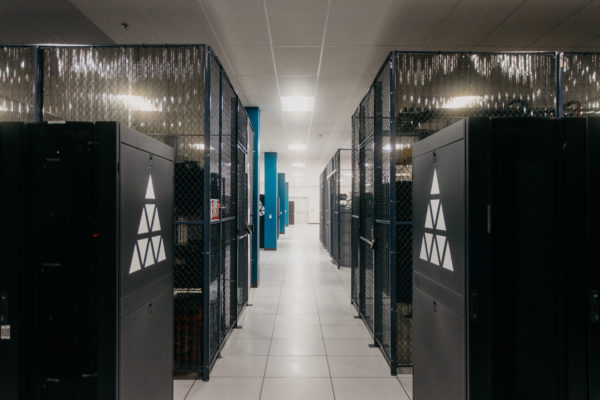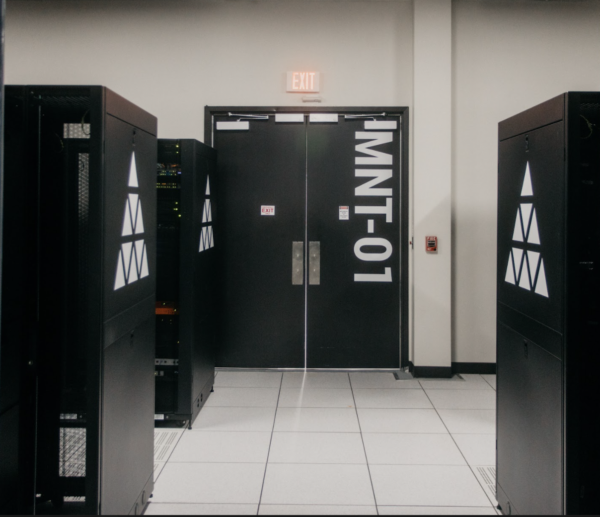Today, data centers are the heartbeat of almost every organization. They hold the data that powers everything from basic operations to complex decision-making processes.
But, as the volume of data continues to grow exponentially, managing data center storage effectively has become more challenging and more critical than ever.
Proper storage management is more than keeping data safe; it’s about ensuring your entire IT infrastructure runs smoothly, efficiently, and cost-effectively.
In this post, we’ll explore some of the best practices for data center storage management that can help you optimize your storage systems and keep your organization running at peak performance.
What is Data Center Storage?
Data center storage refers to the hardware and software technologies used to store, manage, and access digital data within a data center.
This storage infrastructure is essential for holding the vast amounts of data that organizations generate and use daily. It includes a variety of storage devices, systems, and management software that work together to ensure that data is securely stored, easily accessible, and efficiently managed.
Key Components of Data Center Storage
Let’s look at the key components of data center storage.
Storage Hardware
Storage hardware includes physical devices such as hard disk drives (HDDs), solid-state drives (SSDs), and storage arrays, where data is physically stored.
Storage hardware can vary widely in terms of capacity, speed, and cost, and it’s often deployed in configurations that balance these factors based on the specific needs of the organization.
Storage Software
Storage software encompasses the software solutions that manage how data is stored, retrieved, and protected.
This includes file systems, storage management software, and backup and recovery solutions. Storage software often provides features like data deduplication compression and encryption, which help optimize storage efficiency and security.
Storage Networks
These are the networks that connect storage devices to the servers and other components within the data center. Storage Area Networks (SANs) and Network-Attached Storage (NAS) are two common types of storage networks. SANs provide high-speed connections between servers and storage devices, often used for
enterprise-level applications, while NAS provides file-level access to data over a standard Ethernet network, making it ideal for file sharing.
Data Management
Beyond just storing data, data center storage involves managing how data is organized, accessed, and protected.
This includes tasks like setting up data center tiers, managing access controls, ensuring data redundancy, and implementing disaster recovery plans.
Types of Data Center Storage
Data center storage can be categorized into several types based on the method of storage and access:
Direct-Attached Storage (DAS)
Storage devices that are directly connected to a server or workstation. This is often this simplest form of storage but can be limited in scalability and flexibility.
Network-Attached Storage (NAS)
A dedicated storage device that operates as a file server, providing data access to multiple clients over a network. NAS is ideal for sharing files among multiple users and for applications that require easy, centralized access to data.
Storage Area Network (SAN)
A high-speed network that provides block-level storage to servers. SANs are typically used in environments that require high-performance storage, such as databases and large enterprise applications.
Cloud Storage
Data storage is provided as a service over the Internet. Cloud data centers’ storage has virtually unlimited scalability and can be a cost-effective option for off-site backups, archival storage, or handling variable storage demands.
The Role of Data Center Storage
Data center storage plays a crucial role in ensuring that an organization’s data is available, secure, and accessible whenever needed.
It supports a wide range of data center operations, from running applications and processing transactions to storing customer data and maintaining backups.
As organizations increasingly rely on data to drive decision-making and operations, the importance of effective data center storage continues to grow.
Properly managed data center storage ensures that data is not only stored efficiently but is also protected against loss, corruption, and unauthorized access. It also ensures that data is accessible to those who need it, when they need it, without causing delays or bottlenecks in business processes.
In summary, data center storage is a foundational element of an organization’s IT infrastructure, enabling reliable storage, management, and access to the data that powers modern business operations.
Best Practices for Data Center Storage Management
By implementing best practices, organizations can enhance efficiency, secure critical information, and prepare for future growth.
Understand Your Current Storage Needs
Before diving into any changes or upgrades, it’s important to get a clear picture of your current storage situation.
This means understanding exactly how much data you’re storing, what types of data you have, how quickly your data is growing, and how it’s being accessed.
Start by taking stock of your existing storage resources, everything from hardware and software to networking components. Look for areas where you might be wasting resources, such as overprovisioning storage that isn’t being fully utilized or underprovisioning in areas where more storage is needed.
This initial assessment will give you a solid foundation for making informed decisions about how to move forward with your storage management strategy.
Implement a Tiered Storage Strategy
Not all data is created equal, and not all of it needs to be stored on the fastest, most expensive storage available.
A tiered storage strategy allows you to categorize your data based on its importance, how often it’s accessed, and the performance requirements.
For example, mission-critical data that are accessed frequently like customer transaction records or active databases should be stored on high-performance, high-cost storage systems such as SSDs (Solid-State Drives).
Meanwhile, less critical data that’s rarely accessed can be stored on slower, less expensive storage, like traditional hard drives or even cloud-based cold storage solutions.
This approach not only ensures that your high-performance storage is used where it’s needed most, but it also helps control costs by using less expensive storage options for data that doesn’t require top-tier performance.
Use Storage Virtualization
Storage virtualization is a technology that can help simplify the management of your data center’s storage resources.
Essentially, it allows you to combine multiple physical storage devices into a single virtual storage pool, which can then be managed as one. This not only makes it easier to manage your storage resources but also helps improve their efficiency.
By virtualizing your storage, you can dynamically allocate storage space based on demand, which helps to avoid underutilization or overprovisioning.
It also gives you the flexibility to mix and match different types of storage systems without being tied to a specific vendor, making your storage environment more adaptable and cost-effective.
Regularly Monitor and Optimize Storage Performance
The performance of your storage systems directly impacts the performance of your entire IT infrastructure. That’s why it’s essential to regularly monitor your storage environment and make adjustments as needed.
Using performance monitoring tools can help you keep an eye on key metrics like storage utilization, I/O operations, latency, and throughput. These tools can help you identify bottlenecks before they become significant issues, allowing you to take proactive steps to maintain optimal performance.
For example, if you notice that a particular storage device is consistently overloaded, you can redistribute workloads or add additional storage to balance the load.
Additionally, it’s essential to periodically review and fine-tune your storage configurations, such as RAID levels, block sizes, and cache settings, to ensure they’re optimized for your current workloads.
Automate Routine Storage Management Tasks
Managing data center storage can be complex and time-consuming, but automation tools can help simplify it.
By automating routine tasks like data backups, storage provisioning, and performance monitoring, you can free up your IT team to focus on more strategic initiatives.
Automation not only reduces the risk of human error but also ensures that tasks are performed consistently and on schedule. For instance, automated backup systems can ensure that your data is regularly backed up without requiring manual intervention, reducing the risk of data loss.
Similarly, automated storage provisioning tools can dynamically allocate storage resources based on real-time demand, helping to prevent bottlenecks and underutilization.
Prioritize Data Security and Compliance
In today’s data-driven world, security and compliance are more important than ever. Ensuring that your data center storage systems are secure is critical to protecting your organization’s data and maintaining compliance with industry regulations.
To protect sensitive information, implement strong encryption for data at rest and in transit. Make sure your storage systems are equipped with robust access controls to prevent unauthorized access.
Regularly audit your storage environment to ensure compliance with relevant regulations, such as GDPR, HIPAA, or PCI-DSS, and stay current with the latest security best practices.
Additionally, consider implementing a data loss prevention (DLP) strategy to protect against data breaches and ensure that your data is recoverable during a disaster. This might include regular backups, offsite storage, and regularly tested disaster recovery plans.
Plan for Future Growth
As your organization grows, so too will your data storage needs. It’s important to have a plan in place to accommodate this growth without disrupting your operations or overspending on storage resources.
Consider adopting a scalable storage solution that can grow with your organization. This might include modular storage systems that allow you to add capacity as needed or cloud-based storage solutions that offer virtually unlimited scalability.
Additionally, regularly revisit your storage strategy to ensure it remains aligned with your organization’s needs and goals.
By planning for future growth, you can avoid the need for costly, last-minute storage upgrades and ensure that your data center storage environment is always ready to meet your business’s demands.
Optimize for Cost Efficiency
While performance and reliability are critical, it’s also important to manage your data center storage in a way that optimizes cost efficiency. This means balancing your need for high-performance storage with the costs associated with it.
One way to do this is by using a mix of storage types, such as high-performance, high-cost storage for critical data and lower-cost storage for less critical data.
Additionally, regularly reviewing and optimizing your storage usage can help identify areas where you might be able to reduce costs, such as by decommissioning underutilized storage systems or consolidating data to reduce storage overhead.
Leveraging cloud storage for non-critical data or as a backup solution can also help reduce costs. You only pay for the storage you use, and you can easily scale up or down as needed.
Invest in Training and Development
The tools and technologies involved in data center storage management are constantly evolving, which means your IT team needs to stay up-to-date with the latest developments.
Investing in regular training and development for your team can help ensure that they have the skills and knowledge needed to manage your storage environment effectively.
Consider offering training on the latest storage technologies, best practices for storage management, and emerging trends in data storage. This will not only help your team stay current but also empower them to implement more effective and innovative storage solutions.
Regularly Review and Update Your Storage Strategy
Finally, data center storage management is not a “set it and forget it” task. It’s important to review and update your storage strategy regularly to ensure that it continues to meet your organization’s needs.
Schedule regular reviews of your storage environment, including assessing your current storage needs, performance metrics, and cost efficiency. Use these reviews to identify areas for improvement and make any necessary adjustments to your storage strategy.
By staying proactive and regularly revisiting your storage management practices, you can ensure that your data center remains efficient, secure, and capable of supporting your organization’s growth.
Learn More About Data Center Storage
By understanding your current storage needs, implementing a tiered storage strategy, and optimizing performance, you can ensure that your storage systems are well-managed and ready to meet your business’s demands.
With these best practices, you can maximize your data center storage resources, reduce costs, and improve overall efficiency, positioning your organization for long-term success.
Contact us for more information today.

